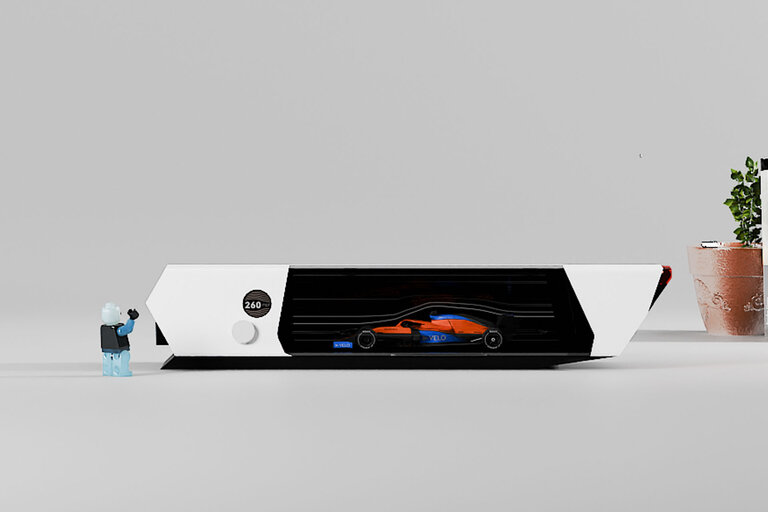
The Good Housekeeping Institute’s engineering and parenting pros have reviewed dozens of car seats over the past two years, including infant car seats. They have also worked with real parents to test car seats in a variety of vehicle brands and sizes to make sure that these car seats work for everyone’s lifestyle.
First, they ensure that each car seat has passed Federal Safety Standards. Then they perform in-Lab and at-home tests to assess safety, ease of installation, stability, ease of adjustments, ease of getting babies in and out of the carrier, removal of carrier from the base and installation into compatible strollers, and more. To accomplish this, the Lab sets up each car seat in a variety of vehicles and strollers and uses an eight-pound baby “dummy” to simulate putting a child in the car seat and evaluate how easy it is to secure them as well as install the car seats.
What to Look For When Shopping for an Infant Car Seat
Many convertible car seats are safe for newborns, but infant car seats are designed specifically around the needs of an infant, offering additional targeted support for their neck, head, and spinal cord. Typically, infant car seats are also smaller than other types of child car seats, offering easier access to your baby when getting in and out of the car and compatibility with certain strollers, so you can simply take out the car seat and fix it to a stroller without removing the baby.
Here are some aspects to consider when selecting an infant car seat:
Height and weight limits
Every infant car seat will specify height and weight limits. As soon as your child hits the maximum of either—typically up to 32 inches or 35 pounds—it will be time to move on to a bigger car seat.
Carrier weight
Many infant car seats have the option to install into a base secured to your vehicle, allowing you to keep your baby undisturbed inside the carrier as you tote them outside of your vehicle, and easily clip the carrier back into the base on your next drive. Make sure the carrier is light enough that you’re comfortable lifting it from the base with your baby inside.
Stroller compatibility
Carriers are typically compatible with a range of strollers, extending the use of some strollers that can’t be used at birth, making it much easier to get from point A to B with a newborn.
Ease of installation
Our experts found the most difficult aspect in tests was securing the car seat to the vehicle. Many seats required a lot of strength, and some seats fit better in certain vehicles. Before purchasing, take note of the size of the car seat and the size of your vehicle’s back seat. Hire a certified car seat professional if you need help with installation.
Expiration
All car seats are marked with an expiration date, generally between six and 10 years from the date of manufacture. If you are hoping to use your seat for multiple children, take note of the expiration. Also, never use a car seat that has previously been in an accident.
Harness type
You’ll see two harness options when choosing your perfect car seat: rethread and no-rethread. If you choose a rethread harness, this means that as your baby grows, you’ll need to reach around and reroute the straps through the back of the harness each time you need to adjust the size.
#Infant #Car #Seats #Tested
Source link





